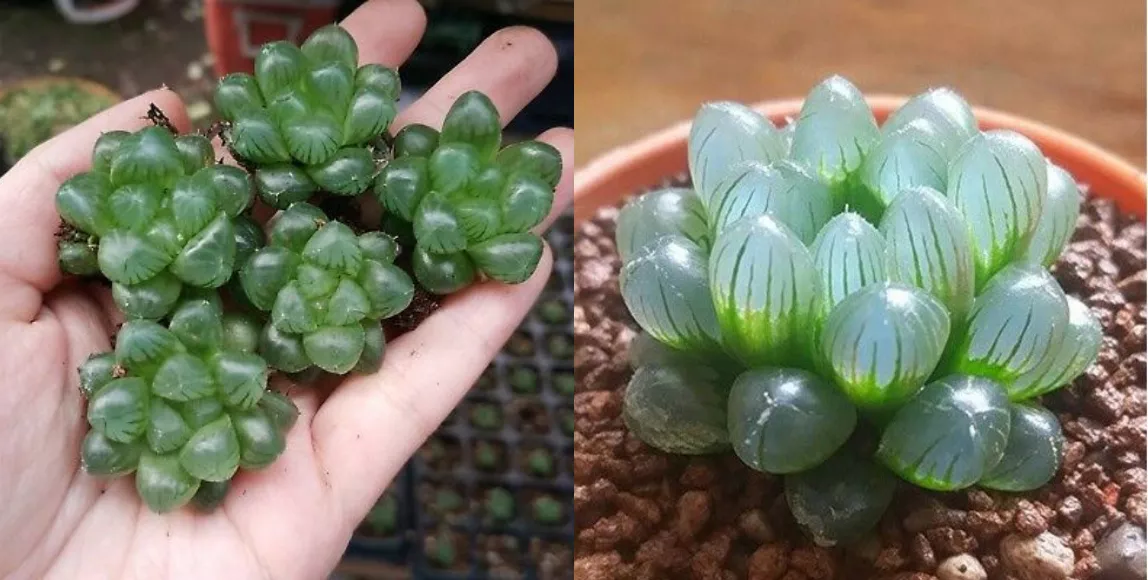Succulents have become a favorite among plant enthusiasts for their unique beauty and low-maintenance nature. One exciting way to propagate and cultivate these resilient plants is by using succulent plugs. In this comprehensive guide, we will delve into the art of planting succulent plugs, exploring the steps involved to ensure successful propagation and vibrant growth. Discover the secrets to nurturing succulents from plugs and witness the beauty of these hardy plants flourishing in your garden.
Understanding Succulent Plugs
Succulent plugs are small, rooted succulent plants that come ready for transplanting. These plugs are often grown in nurseries, providing a convenient and efficient way for enthusiasts to start their succulent journey. Whether you are a seasoned gardener or a beginner, planting succulent plugs can be a rewarding and straightforward process. The key lies in understanding the specific needs of succulents and providing them with the right environment to thrive.
Choosing the Right Succulent Plugs
When venturing into the world of succulent plugs, the first crucial step is selecting the right plants for your garden. Succulents come in a variety of shapes, sizes, and colors, each with its unique charm. Consider the environmental conditions of your location, such as sunlight and climate, to choose succulent plugs that are well-suited to your specific conditions. Opt for plugs with healthy and well-established root systems, as they will adapt more seamlessly to their new home.
Preparing the Planting Site for Succulent Plugs
Before diving into the planting process, it’s essential to prepare the site where your succulent plugs will call home. Succulents thrive in well-draining soil, so ensure the planting area has adequate drainage. If planting in containers, choose pots with drainage holes to prevent waterlogged soil. Amend the soil with perlite or coarse sand to enhance drainage, creating a hospitable environment for succulents to establish their roots.
See Also: How often should you feed succulents?
Planting Succulent Plugs in the Garden
Once you have selected your succulent plugs and prepared the planting site, it’s time to get your hands dirty – metaphorically speaking. Gently remove the plugs from their nursery containers, taking care not to disturb the roots excessively. Dig small holes in the prepared soil, spacing them according to the mature size of the succulents. Carefully place the plugs in the holes, ensuring that the soil level around each plug matches its previous depth. Firmly pat down the soil to secure the plugs in place.
Watering and Establishing Succulent Plugs
Proper watering is crucial during the initial phase of establishing succulent plugs. While succulents are known for their water-storing capabilities, newly transplanted plugs benefit from consistent moisture to encourage root development. Water the plugs thoroughly after planting, allowing excess water to drain away. Subsequently, water sparingly, letting the soil dry out between watering sessions. As the succulent plugs acclimate to their new environment, gradually transition to a more typical succulent watering routine.
Caring for Succulent Plugs
Once your succulent plugs have settled into their new home, ongoing care is essential for their continued growth and well-being. Succulents thrive in bright, indirect light, so ensure they receive adequate sunlight for at least a few hours each day. Monitor the soil moisture, adjusting your watering schedule based on the specific needs of the succulent species you’ve planted. Regularly inspect your succulents for signs of pests or diseases, taking prompt action if any issues arise.
Propagating Succulent Plugs
The beauty of succulent plugs extends beyond initial planting, as these plants offer opportunities for propagation. Once your succulents have matured, you can propagate new plants by taking cuttings or offsets. Gently remove the offsets from the parent plant, ensuring they have roots attached. Plant the offsets in well-draining soil, and with proper care, they will develop into independent succulents. This cycle of propagation allows you to expand your succulent garden and share the beauty of these plants with others.
Designing with Succulent Plugs
Succulent plugs provide endless possibilities for creative landscaping and design. Experiment with various arrangements, combining different succulent species to create visually stunning displays. Consider planting succulent plugs in containers, hanging baskets, or vertical gardens to add depth and dimension to your outdoor or indoor space. The diverse shapes and colors of succulents make them versatile additions to any design scheme, from modern and minimalist to lush and eclectic.
Troubleshooting Common Issues
While succulents are generally hardy plants, they may face challenges such as pests, diseases, or environmental stress. Regularly inspect your succulent plugs for any signs of trouble, such as discolored leaves, wilting, or unusual growth patterns. Address issues promptly by adjusting watering routines, applying natural pest control methods, or isolating affected plants. Vigilance and proactive care are key to maintaining the health and vitality of your succulent plug garden.
Conclusion
Planting succulent plugs is a delightful and rewarding endeavor that allows you to witness the growth and transformation of these fascinating plants. By selecting the right succulent plugs, preparing a suitable planting site, and providing attentive care, you can create a thriving succulent garden that adds beauty to your surroundings. Whether you are a seasoned gardener or a novice, the art of planting succulent plugs opens up a world of possibilities for creative expression and appreciation of nature’s resilience. Follow the guidelines in this comprehensive guide, and soon you’ll be enjoying the vibrant and captivating presence of succulents in your garden.


